简介
The Dali Ancient City is located in the western part of Yunnan Province, also known as Yeyu City and Purple City. The ancient city whose history can be traced back to the Tang Dynasty during the Tianbao years, the Nanzhao King Ge Luo Feng built Yang Tho Goa City, as its new capital. The ancient city was built in Ming Hongwu 15 years (1382), covering an area of 3 square kilometers.
Dali is one of the first 24 famous historical and cultural cities in China announced by the State Council on February 8, 1982.
The Dali Ancient City was the political, economic and cultural center of Yunnan during the history of Tang and Song dynasties for more than 500 years. 14 key cultural relics protection units above the municipal level are distributed in the ancient city, which carries the historical, religious and ethnic culture of Dali and is the core area of Dali tourism. In October 2019, it was selected as the first list of "Small Town Aesthetic Role Models".
The Dali Ancient City is about 1000 meters wide from east to west and 2000 meters long from north to south, with three main streets running north to south and five or six alleys running east to west. Most of the streets are paved with green slabs. Most of the streets have clear water flowing from the Cang Mountain.
The ancient city is twelve miles in circumference, with four gate towers and four corner towers. There are four gates on all sides of the city wall, namely the East Gate Erhai Gate (also known as Tonghai Gate), the South Gate Shuanghe Gate (also known as Chengen Gate), the West Gate Cangshan Gate, and the North Gate Santa Gate (also known as Anyuan Gate). There is a moat outside the city. During the Qing Dynasty, the city was rebuilt several times, maintaining the typical chessboard structure, with symmetrical north and south gates and interlocking streets, known as "nine streets and eighteen lanes".
The layout of the city is chessboard-style, with the north and south gates symmetrical to each other, while the east and west gates are staggered, with three streets in the north and south and six streets in the east and west forming the main road pattern of Dali City. The center of the city is to the west, and the north-south axis is not centered, forming a west-heavy east-light city layout. The east and west gates are staggered, adopting the principle of "east-west, north-south, not taking the middle" in Bai architecture.
The city's architecture is unified in style, appropriate in scale and simple in appearance. The streets are surrounded by flowing water, and flowers are raised in every household. Some of the old houses in the streets and alleys are decorated with flowers and trees, with the scene of "three families with one well and one family with several pots of flowers". A large number of buildings from the Ming and Qing dynasties and the Republic of China are still preserved in the city, and ancient buildings such as temples, academies and churches are dotted around, such as the Chiang Kung Ancestral Hall, the remains of Du Wenxiu's residence and the Catholic Church.






